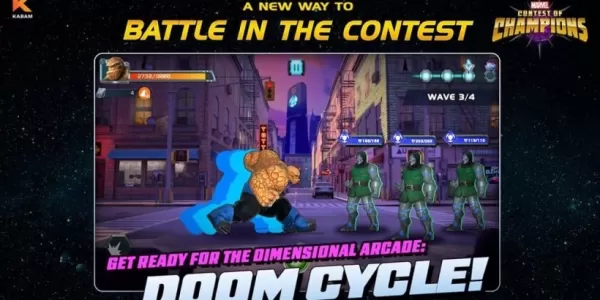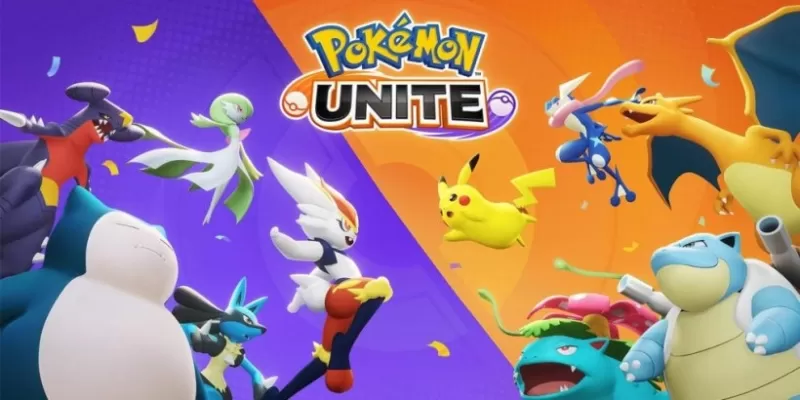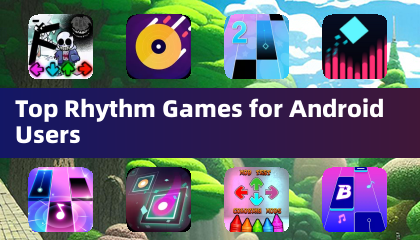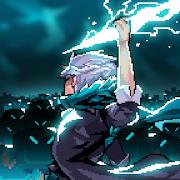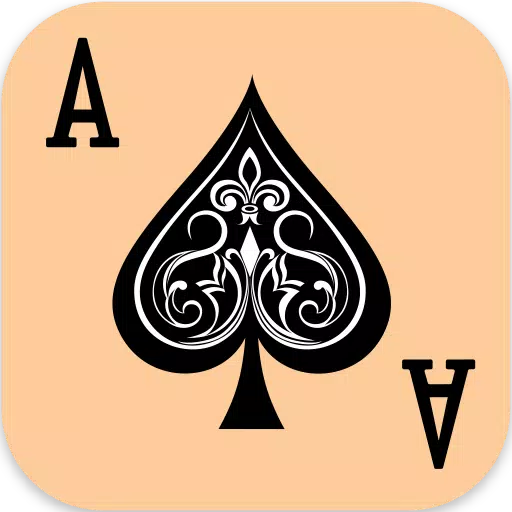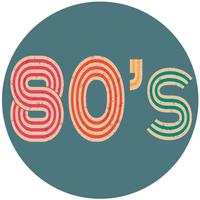The announcement of the Nintendo Switch 2's $450 USD price tag has certainly raised eyebrows, marking a significant increase over the prices we've grown accustomed to from Nintendo. This bump can be attributed to rising production costs and economic uncertainties such as tariffs, which analysts had anticipated, predicting a price around $400 USD. However, the real shock came with the cost of Switch 2 games, which not only hit the new $70 USD standard but also reached up to $80 USD for titles like Mario Kart World. When factoring in the additional expense of accessories for a complete Switch 2 experience, the total investment becomes quite substantial.
To understand how the Switch 2's pricing aligns with historical Nintendo consoles, adjusting for inflation offers some perspective. Let's delve into a comparison:
Nintendo Switch 2 Price Vs Previous Nintendo Consoles
NES
 Launched in 1985 at $179 USD, the NES seems like a steal today. However, adjusted for inflation, it would cost a whopping $523 USD in 2025.
Launched in 1985 at $179 USD, the NES seems like a steal today. However, adjusted for inflation, it would cost a whopping $523 USD in 2025.
SNES
 In 1991, the SNES hit the market at $199 USD. Although it was $20 more than the NES, inflation-adjusted to 2025, it would cost $460 USD.
In 1991, the SNES hit the market at $199 USD. Although it was $20 more than the NES, inflation-adjusted to 2025, it would cost $460 USD.
Nintendo 64
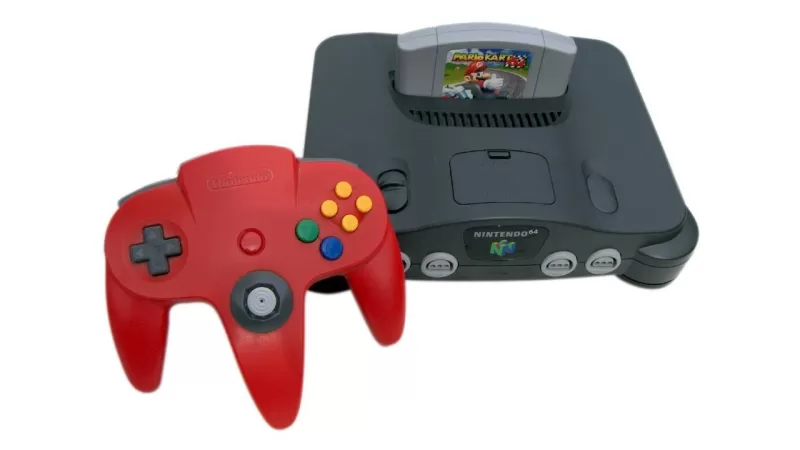 Marking Nintendo's 3D gaming revolution in 1996, the Nintendo 64 also launched at $199 USD, which translates to $400 USD in today's terms.
Marking Nintendo's 3D gaming revolution in 1996, the Nintendo 64 also launched at $199 USD, which translates to $400 USD in today's terms.
Nintendo GameCube
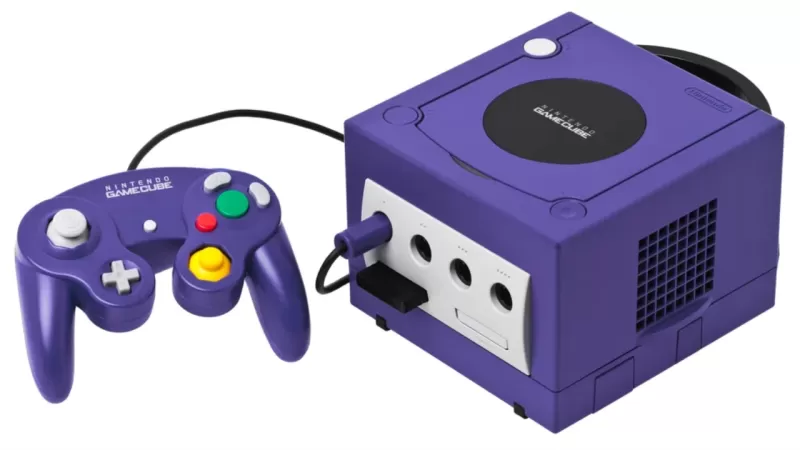 In 2001, the GameCube, whose games will be accessible on the Switch 2 via the Nintendo Switch Online's classic library, was priced at $199 USD, equating to $359 USD today.
In 2001, the GameCube, whose games will be accessible on the Switch 2 via the Nintendo Switch Online's classic library, was priced at $199 USD, equating to $359 USD today.
Wii
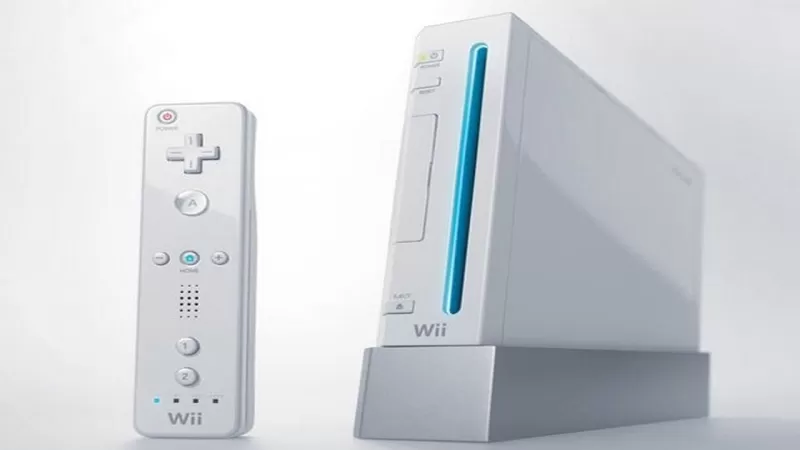 Following the GameCube, the motion-controlled Wii became a global phenomenon in 2006, with a launch price of $249 USD or about $394 USD in 2025.
Following the GameCube, the motion-controlled Wii became a global phenomenon in 2006, with a launch price of $249 USD or about $394 USD in 2025.
Wii U
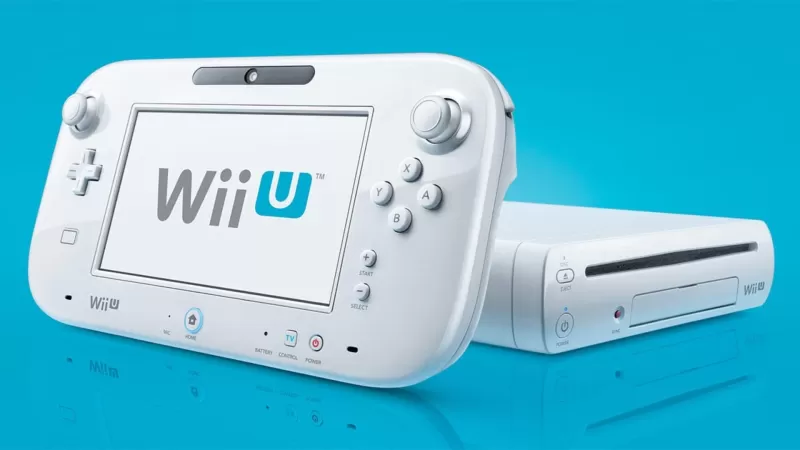 Despite less success, the Wii U launched in 2012 for $299 USD, or $415 USD in today's money, making it closer to the Switch 2's price.
Despite less success, the Wii U launched in 2012 for $299 USD, or $415 USD in today's money, making it closer to the Switch 2's price.
Nintendo Switch
 With the Switch, released in 2017, Nintendo reclaimed its market stronghold at $299 USD, which would be $387 USD in today's dollars, still undercutting the Switch 2's price when it launches on June 5.
With the Switch, released in 2017, Nintendo reclaimed its market stronghold at $299 USD, which would be $387 USD in today's dollars, still undercutting the Switch 2's price when it launches on June 5.
In this context, the original NES stands out as the most expensive console launch by Nintendo when adjusted for inflation, yet this does little to ease the sting of the Switch 2's price.
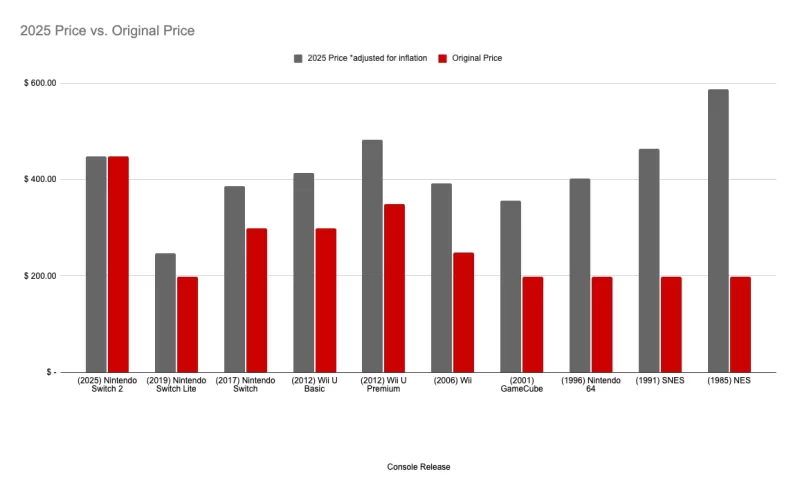 Credit: IGN
Credit: IGN
But what about the games?
While the Switch 2's console price was somewhat anticipated, the game pricing took many by surprise. With titles like Mario Kart World at $80 USD, and Donkey Kong Bananza at $70 USD (or $65 digitally), the cost of gaming on the Switch 2 is set to increase. Historically, early NES cartridges had varied prices, ranging from $34 to $45 USD, which adjust to $98 to $130 USD in 2025. This indicates that even the highest-priced Switch 2 game remains more affordable than some of the priciest NES games, though there's speculation that game prices might continue to rise.
The Switch 2's pricing sits at the higher end of Nintendo's spectrum, surpassed only by the NES and SNES when adjusted for inflation. Real-world economic factors, such as the announcement of a cheaper, region-locked version for Japan at 49,980 JPY or $340 USD, highlight the reasons behind this price increase.
How Switch 2's Price Compares to Other Consoles
Let's compare the Switch 2's price to some other consoles, adjusting for inflation:
PlayStation 2
 Launched in 2000 at $299 USD, the PlayStation 2, the best-selling console of all time, would cost $565 USD in 2025.
Launched in 2000 at $299 USD, the PlayStation 2, the best-selling console of all time, would cost $565 USD in 2025.
Xbox 360
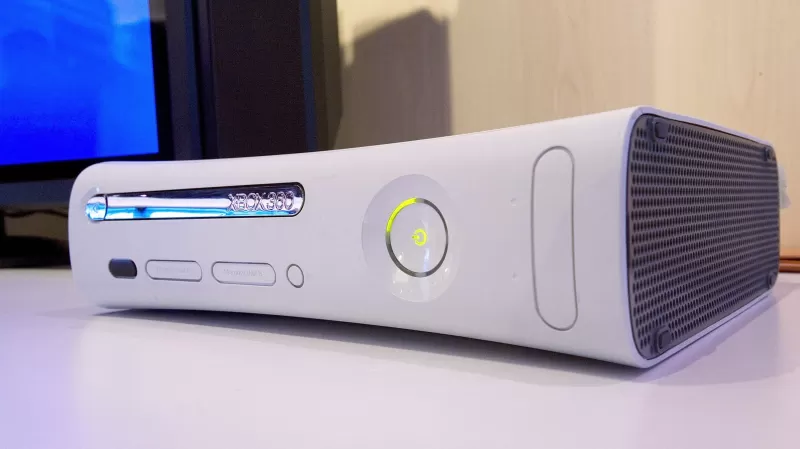 Released in 2005 for $299 USD, the Xbox 360, Microsoft's most successful console to date, would be around $500 USD in 2025.
Released in 2005 for $299 USD, the Xbox 360, Microsoft's most successful console to date, would be around $500 USD in 2025.
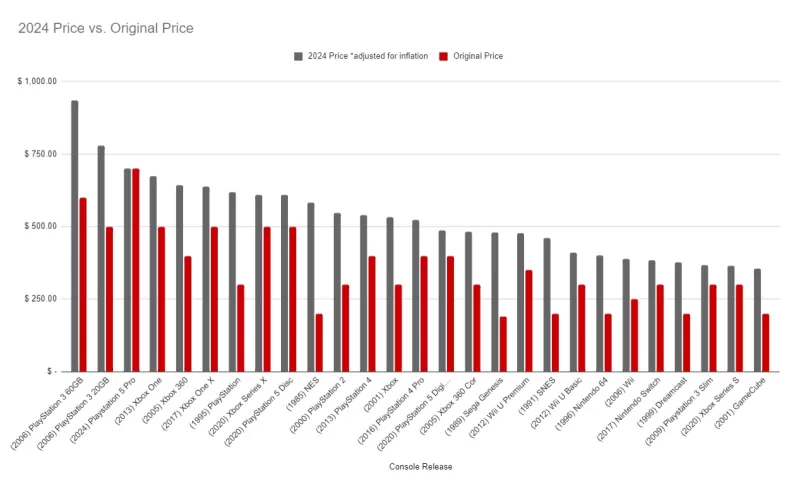 Console prices adjusted for inflation. The PS3 was notably expensive! Image credit: IGN
Console prices adjusted for inflation. The PS3 was notably expensive! Image credit: IGN
This analysis shows how the Switch 2's pricing measures up against its predecessors and some competitors. For more insights, check out IGN's hands-on with the Switch 2 and games like Mario Kart World, as well as our discussions with analysts on the factors driving the costs of the Switch 2 and its ecosystem.

 Launched in 1985 at $179 USD, the NES seems like a steal today. However, adjusted for inflation, it would cost a whopping $523 USD in 2025.
Launched in 1985 at $179 USD, the NES seems like a steal today. However, adjusted for inflation, it would cost a whopping $523 USD in 2025.  In 1991, the SNES hit the market at $199 USD. Although it was $20 more than the NES, inflation-adjusted to 2025, it would cost $460 USD.
In 1991, the SNES hit the market at $199 USD. Although it was $20 more than the NES, inflation-adjusted to 2025, it would cost $460 USD. Marking Nintendo's 3D gaming revolution in 1996, the Nintendo 64 also launched at $199 USD, which translates to $400 USD in today's terms.
Marking Nintendo's 3D gaming revolution in 1996, the Nintendo 64 also launched at $199 USD, which translates to $400 USD in today's terms. In 2001, the GameCube, whose games will be accessible on the Switch 2 via the Nintendo Switch Online's classic library, was priced at $199 USD, equating to $359 USD today.
In 2001, the GameCube, whose games will be accessible on the Switch 2 via the Nintendo Switch Online's classic library, was priced at $199 USD, equating to $359 USD today. Following the GameCube, the motion-controlled Wii became a global phenomenon in 2006, with a launch price of $249 USD or about $394 USD in 2025.
Following the GameCube, the motion-controlled Wii became a global phenomenon in 2006, with a launch price of $249 USD or about $394 USD in 2025. Despite less success, the Wii U launched in 2012 for $299 USD, or $415 USD in today's money, making it closer to the Switch 2's price.
Despite less success, the Wii U launched in 2012 for $299 USD, or $415 USD in today's money, making it closer to the Switch 2's price. With the Switch, released in 2017, Nintendo reclaimed its market stronghold at $299 USD, which would be $387 USD in today's dollars, still undercutting the Switch 2's price when it launches on June 5.
With the Switch, released in 2017, Nintendo reclaimed its market stronghold at $299 USD, which would be $387 USD in today's dollars, still undercutting the Switch 2's price when it launches on June 5. Credit: IGN
Credit: IGN Launched in 2000 at $299 USD, the PlayStation 2, the best-selling console of all time, would cost $565 USD in 2025.
Launched in 2000 at $299 USD, the PlayStation 2, the best-selling console of all time, would cost $565 USD in 2025. Released in 2005 for $299 USD, the Xbox 360, Microsoft's most successful console to date, would be around $500 USD in 2025.
Released in 2005 for $299 USD, the Xbox 360, Microsoft's most successful console to date, would be around $500 USD in 2025. Console prices adjusted for inflation. The PS3 was notably expensive! Image credit: IGN
Console prices adjusted for inflation. The PS3 was notably expensive! Image credit: IGN LATEST ARTICLES
LATEST ARTICLES 